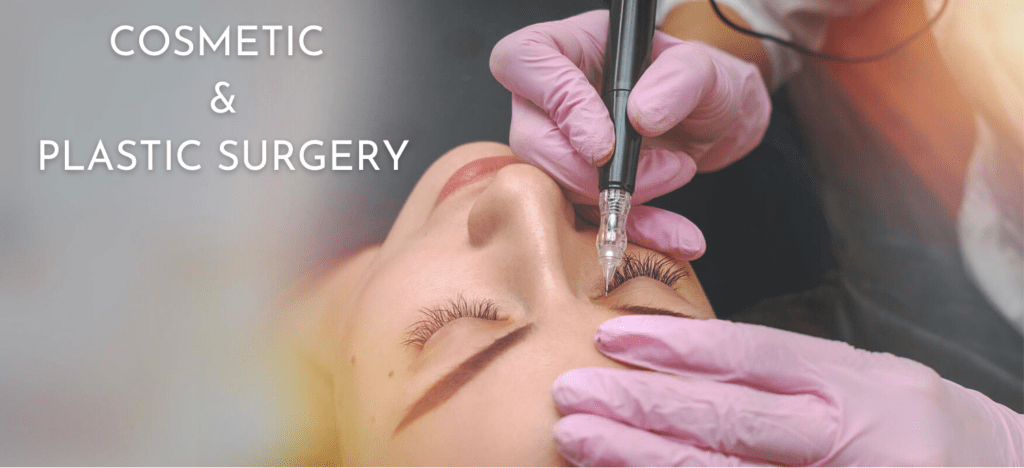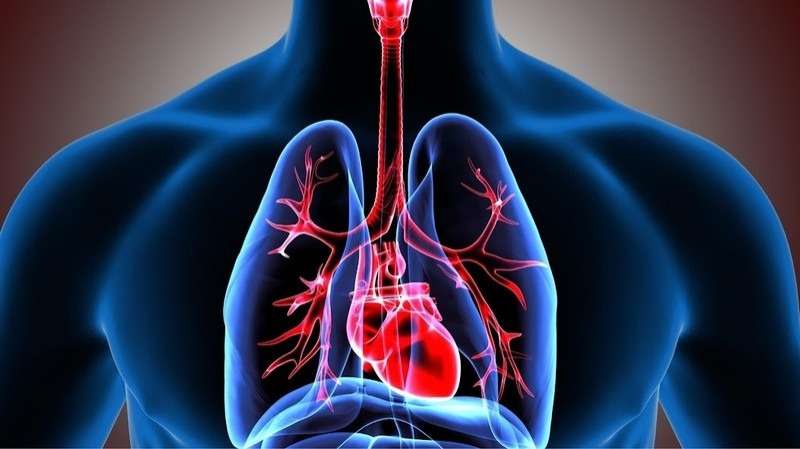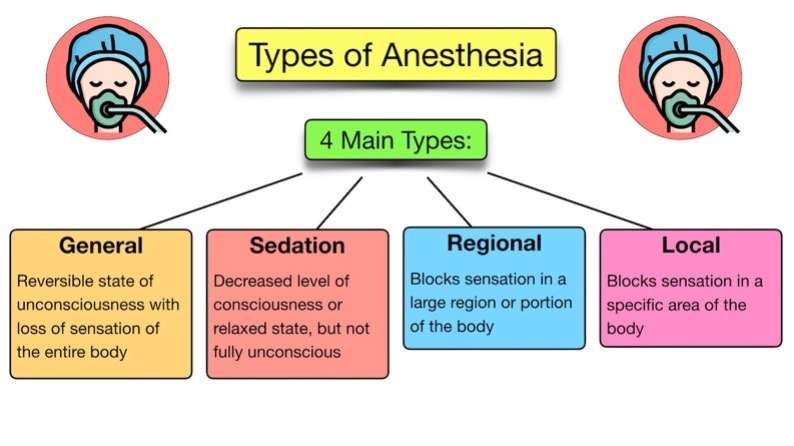Looking good is not just about vanity—it’s about confidence, self-esteem, and how you feel about yourself. Over the years, cosmetic and plastic surgery has advanced tremendously, helping people correct flaws, restore youthfulness, and even recover after accidents or health conditions.
At Care and Cure Multispeciality Hospital Ahmedabad, patients receive world-class cosmetic and plastic surgery services performed by experienced surgeons using modern techniques. Whether it’s enhancing facial features, reshaping the body, or repairing skin after trauma, Care and Cure stands as a trusted destination for those looking to improve their appearance with safety and compassion.
In this blog, we’ll explore the best cosmetic and plastic surgery procedures for face, body, and skin, how they can transform lives, and why Care and Cure is one of the best hospitals in Ahmedabad for these treatments.
What Is Cosmetic and Plastic Surgery?
Cosmetic surgery focuses on improving appearance, enhancing beauty, and correcting imperfections such as wrinkles, scars, or body shape.
Plastic surgery, on the other hand, also includes reconstructive procedures that restore normal function and appearance after trauma, burns, birth defects, or medical conditions.
Together, cosmetic and plastic surgery not only improves aesthetics but also boosts confidence, helping patients live fuller and happier lives.

Best Cosmetic and Plastic Surgery Procedures for Face
Your face is your identity—it’s the first thing people notice, and it often reflects how you feel inside. Many patients look for safe and effective ways to make their face look youthful, balanced, and vibrant. At Care and Cure Multispeciality Hospital Ahmedabad, surgeons use modern techniques and advanced equipment to provide natural-looking results while ensuring safety and quick recovery.
1. Facelift (Rhytidectomy)
A facelift is one of the most effective procedures to combat signs of aging. It tightens sagging skin, reduces deep wrinkles, and restores youthful contours. At Care and Cure, surgeons prefer minimally invasive facelift techniques, which result in less scarring, shorter recovery, and outcomes that look natural instead of “artificially stretched.” Patients often report not just looking younger but also feeling more confident in their personal and professional lives.
2. Rhinoplasty (Nose Surgery)
Rhinoplasty, popularly known as a nose job, reshapes the nose to improve both appearance and breathing. Some patients choose it for cosmetic reasons—like correcting bumps or asymmetry—while others seek it to improve airflow and reduce snoring. At Care and Cure, surgeons prioritize balance and proportion, ensuring the nose complements other facial features. This makes it one of the most frequently requested surgeries in Ahmedabad.
3. Eyelid Surgery (Blepharoplasty)
Drooping eyelids or puffy under-eyes can make someone look tired even when they’re not. Blepharoplasty corrects sagging eyelids, removes excess fat or skin, and gives a refreshed appearance. Many patients at Care and Cure choose to combine eyelid surgery with a facelift for total facial rejuvenation. The procedure not only enhances looks but can also improve vision in cases where drooping eyelids obstruct eyesight.
4. Lip Augmentation & Botox Fillers
Fuller lips and smooth skin are often associated with youth and vitality. At Care and Cure Hospital, lip augmentation with safe fillers helps achieve plump, natural-looking lips. Botox and dermal fillers are also used to smooth wrinkles, lift sagging skin, and restore lost facial volume. These treatments are non-surgical, quick, and have little to no downtime, making them ideal for busy patients.
5. Scar Revision Surgery
Scars from acne, burns, or accidents can impact confidence. Scar revision surgery at Care and Cure involves advanced laser treatments, excision techniques, and skin grafts (if needed) to reduce the appearance of scars. Patients often report improved skin smoothness and higher self-esteem after treatment, especially for scars on visible areas like the face.
Best Cosmetic and Plastic Surgery Procedures for Body
Body-focused cosmetic and plastic surgeries aim at reshaping, toning, and enhancing natural curves. They are especially helpful for people who have lost weight, gone through pregnancy, or simply want to feel more comfortable in their own body. At Care and Cure, surgeons take a personalized approach, ensuring the results are proportionate and natural.
1. Liposuction
One of the most popular procedures worldwide, liposuction targets stubborn fat deposits that don’t respond to diet or exercise. Common areas include the abdomen, thighs, arms, and hips. Care and Cure uses modern liposuction techniques like power-assisted or laser liposuction, ensuring even fat removal, less discomfort, and faster recovery.
2. Tummy Tuck (Abdominoplasty)
For patients with loose abdominal skin—especially after pregnancy or major weight loss—a tummy tuck tightens muscles and removes excess skin, creating a firmer, flatter stomach. Care and Cure offers both full and mini tummy tucks, depending on the patient’s needs, and combines the surgery with post-procedure physiotherapy and dietary guidance for long-lasting results.
3. Breast Augmentation & Reduction
Breast surgeries are among the most requested cosmetic procedures. Breast augmentation with implants or fat transfer increases volume, while breast reduction helps women with discomfort caused by overly large breasts. Care and Cure’s specialists ensure natural results with minimal downtime, using safe, advanced methods. These procedures not only improve body shape but also boost confidence and, in some cases, relieve back and shoulder pain.
4. Body Contouring
After significant weight loss, patients often struggle with loose, hanging skin. Body contouring surgeries at Care and Cure remove excess skin and reshape areas like the arms, thighs, or abdomen, giving patients a more toned and defined look. This procedure helps patients truly enjoy the results of their weight-loss journey.
5. Reconstructive Surgeries
Not all body surgeries are cosmetic. At Care and Cure Hospital Ahmedabad, reconstructive plastic surgeries play a major role in helping patients recover after accidents, burns, or congenital conditions. These procedures restore both appearance and function, improving overall quality of life. From burn grafting to corrective orthopedic-plastic collaborations, Care and Cure provides hope and healing.
Best Cosmetic and Plastic Surgery Procedures for Skin
Healthy, glowing skin is essential for beauty and confidence. The Cosmetic and Plastic Surgery Department at Care and Cure Hospital offers advanced treatments that target skin concerns ranging from wrinkles to burns.
1. Chemical Peels
Chemical peels remove damaged outer layers of skin, improving texture, tone, and brightness. They are used to treat acne scars, pigmentation, and dull skin. At Care and Cure, specialists customize peel intensity depending on skin type, ensuring safe and glowing results.
2. Laser Skin Resurfacing
Laser technology is one of the most powerful tools for improving skin. It helps reduce fine lines, acne scars, stretch marks, and pigmentation. At Care and Cure, laser resurfacing procedures are performed using modern devices that allow precise control, resulting in smoother, younger-looking skin.
3. Botox & Dermal Fillers
Botox relaxes facial muscles, reducing wrinkles, while fillers restore lost volume in areas like cheeks and lips. These non-surgical treatments are fast, safe, and require minimal recovery. Many patients at Care and Cure opt for “lunchtime procedures”, where they can return to work the same day with rejuvenated skin.
4. Skin Grafting & Burn Surgery
For patients with burn injuries or skin loss due to accidents, skin grafting and reconstructive plastic surgery restore both function and appearance. Care and Cure’s team ensures compassionate, step-by-step treatment, helping patients recover not only physically but emotionally as well.
5. Anti-Aging Treatments
Modern anti-aging treatments like PRP therapy (platelet-rich plasma), microneedling, and collagen stimulation therapies are popular at Care and Cure. These procedures improve elasticity, reduce fine lines, and promote natural skin healing. Unlike older methods, today’s techniques are non-invasive and focus on long-term skin health.
Why Choose Care and Cure Multispeciality Hospital?
Expert Surgeons – Highly trained cosmetic and plastic surgeons with years of experience.
Modern Facilities – NABH-accredited hospital with advanced operation theaters and safety standards.
Patient-Centric Approach – Every procedure is explained clearly, and treatments are customized.
Affordable Options – Cashless insurance and cost-effective packages.
Comprehensive Care – From consultation to surgery and recovery, everything under one roof.
At Care and Cure, patients trust the hospital as the guardian of their good health and confidence.
Testimonials
“I had a rhinoplasty at Care and Cure, and the results are so natural. The doctors were caring and professional.”
“After my accident, I had scar revision surgery here. It not only improved my skin but also restored my confidence.”
“The cosmetic surgery team at Care and Cure explained everything in detail and made me feel comfortable throughout the process.”
FAQs – Cosmetic and Plastic Surgery
Q1. What is the difference between cosmetic and plastic surgery?
Cosmetic surgery is focused mainly on enhancing appearance—for example, facelifts, rhinoplasty, liposuction, or anti-aging treatments. These procedures are generally elective, meaning people choose them to improve their looks or boost self-confidence.
Plastic surgery, on the other hand, also includes reconstructive procedures, which are medically necessary in many cases. Examples include repairing burns, correcting birth defects like cleft lip, or performing reconstructive surgeries after accidents or trauma.
At Care and Cure Multispeciality Hospital Ahmedabad, patients benefit from both types of services. Whether it’s a cosmetic procedure to refresh facial appearance or reconstructive surgery to restore normal function after injury, the hospital ensures safe, advanced, and compassionate care.
Q2. Are cosmetic and plastic surgeries safe?
Yes, cosmetic and plastic surgeries are safe when performed by qualified surgeons in accredited hospitals. At Care and Cure Multispeciality Hospital Ahmedabad, every surgery is done under strict NABH-accredited protocols, ensuring international standards of safety and hygiene.
The hospital uses modern anesthesia, advanced surgical techniques, and sterile operation theaters, minimizing risks and complications. Pre-surgery evaluations, medical tests, and counseling are also provided to make sure the patient is fully prepared and aware of the process.
Care and Cure also focuses on post-surgery monitoring and recovery support, which further enhances safety. Patients can feel reassured that they are in expert hands throughout their cosmetic or plastic surgery journey.
Q3. What are the most popular cosmetic and plastic surgery procedures in Ahmedabad?
In Ahmedabad, the most commonly requested cosmetic surgery procedures include facelifts, rhinoplasty (nose reshaping), liposuction, tummy tucks, breast augmentation or reduction, and Botox or dermal fillers for anti-aging.
For plastic surgery, procedures like scar revision, burn reconstruction, skin grafting, and corrective surgeries after accidents or congenital defects are highly in demand. Patients also seek combination procedures that address both aesthetics and medical needs.
At Care and Cure Multispeciality Hospital Ahmedabad, all these procedures are performed with advanced techniques and individualized care. Patients not only receive treatment for their concerns but also enjoy natural-looking results that enhance both confidence and quality of life.
Q4. How long is the recovery period after cosmetic surgery?
Recovery time depends on the type of procedure. Non-surgical treatments like Botox or fillers have almost no downtime, allowing patients to return to normal activities the same day. Surgeries like facelifts, liposuction, or breast procedures may take 2 to 4 weeks for visible recovery, while reconstructive surgeries may require longer healing depending on complexity.
At Care and Cure Multispeciality Hospital Ahmedabad, surgeons create a personalized recovery plan for each patient, including pain management, wound care, follow-up visits, and dietary or lifestyle advice. The hospital’s focus on recovery ensures that patients heal smoothly and minimize risks.
The recovery journey is also supported by compassionate staff, making patients feel comfortable and cared for at every stage. With proper guidance, most patients are able to resume normal life sooner than they expect.
Q5. Why should I choose Care and Cure Hospital for cosmetic and plastic surgery?
Choosing the right hospital for cosmetic and plastic surgery is crucial, and Care and Cure Multispeciality Hospital Ahmedabad stands out for several reasons. First, the hospital combines the expertise of highly qualified surgeons with advanced surgical technology, ensuring precise results and patient safety.
Second, as an NABH-accredited hospital, Care and Cure follows strict safety, hygiene, and ethical standards. Patients also benefit from 24/7 emergency support, in-house diagnostics, and cashless insurance options, making the entire experience smoother and stress-free.
Most importantly, Care and Cure believes in a patient-first philosophy. Every procedure is explained in simple terms, expectations are managed realistically, and personalized care plans are created. This makes it one of the best hospitals in Ahmedabad for cosmetic and plastic surgery, trusted by patients for both beauty enhancements and life-changing reconstructive care.
Conclusion
Cosmetic and plastic surgery is not just about beauty—it’s about confidence, healing, and living life without limitations. With advanced treatments for the face, body, and skin, patients at Care and Cure Multispeciality Hospital Ahmedabad experience world-class care delivered with compassion.
Whether you want to enhance your appearance, regain confidence after an accident, or simply look and feel your best, Care and Cure is here to help. Known as the guardian of your good health, it continues to set benchmarks in safe and effective cosmetic and plastic surgery in Ahmedabad.









